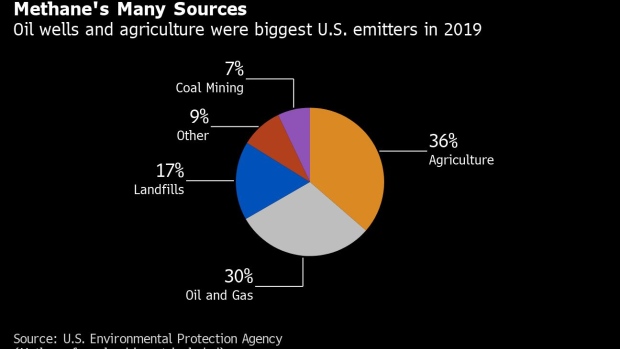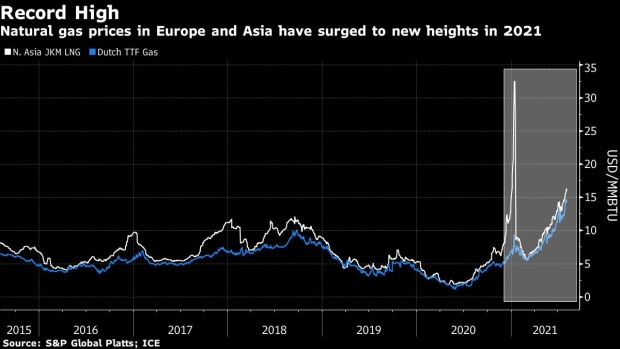Selling or buying the dip ?! Below is some hasty / lazy work for me to show myself my actual practice since covid onset and I sold off nearly everything after return to breakeven summer '20 (as I was sure covid would be this bfd hit to all markets).
- All dip buying and selling were done by feel, not by percentage or any defensible criterion other than 'ooh, ooh, it just went down pretty sharply', ... just because it eventually hit me over the head that p/e be damned, this market was just too strong and kept returning to strength, for all the reasons already mentioned by others.
- I am too chicken to figure out if buy-hold woulda been better, but I suspect so, given said unstoppable market strength.
What the below activity did was make me feel better about my fairly quick / short 'defensive' darts in and out of the traffic.
buys and sells of VON_, AOR, and/or CAPE, plus a TRP mfund
(gains; no losses; all Roth, so no tax consequence)
bot 6/11/20 and sold the next day, >1%
bot 10/28/20 and sold 11/13/20, 10%
bot 2/25/21 and sold 4/9/21, 7%
bot 4/22/21 and sold 5/6/21, >3%
bot 5/12/21 and sold 5/14/21, <3%
bot 6/18/21 & 7/6/21 and sold 9/22/21, <3%
bot 7/2/21 and sold 9/2/21, <1%
bot 7/19/21 and sold 8/3/21, >2%
bot 8/4/21 and sold 8/11-2/21, 1%
bot 8/18/21 and sold 9/1/21, 5%
bot 9/20/21 and sold 9/23/21, 3%
I am again now almost completely out of equities.
And of course the kick-myself revenge makeup motive going on here was to try and recoup the hundreds of thou lost by my summer 2020 selloff decisions, after the big covid dip. If I had stayed the equities course (duh) we would have enough extra now to half-forgive kids' debts to us, lavish on grandchildren education funding, replace a car and roof and such, and give way more seriously to a few charities and colleges.
Biden Nearing Methane Crackdown Dreaded (and Dodged) by Industry It's looking like the oil and gas industry may soon be faced with significant additional expenses but that agriculture may continue to get a pass for now....
 Crackdown
Crackdown
Selling or buying the dip ?! sold all vong and cape
will buy back in later
Senate bill could spell end to ETF tax advantage @davfor - If I understand what you are trying to say then I disagree with your statement above "Passage of this bill would force taxable account investors to buy and hold onto individual stocks to continue to receive some of the advantages available through tax-deferred retirement accounts. That would uncomfortably alter the investing lands
cape for many taxable account ETF investors."
Those taxable account ETF investors can sell shares of their ETF's and receive cash on which they'd pay their fair share of taxes 'rather' than receiving (from the article) "A proposal has been drafted to change the law eliminating exchange traded funds’ chief tax advantage in the US by levying taxes on in-kind redemptions."
The average Joe ends up paying the taxes either way because few, if any, are "authorized participants" while those who are already exceedingly rich can game the system.
"Only “authorized participants” – a form of institutional investor – may redeem shares directly from an ETF. These investors are also able to contribute securities to a fund in exchange for newly issued ETF shares. Retail investors, on the other hand, can only buy and sell ETF shares through a broker."
From this article:
What is an in-Kind Redemption
Senate bill could spell end to ETF tax advantage Passage of this bill would force taxable account investors to buy and hold onto individual stocks to continue to receive some of the advantages available through tax-deferred retirement accounts. That would uncomfortably alter the investing landscape for many taxable account ETF investors.
Lighten up a bit on stocks? @beeTempleton is one of my all time favorites. I owned his flagship TEMWX almost from its inception and during the time he managed it. That said, Sir John had a very long-term focus. That’s fine for those who can ride out even the fiercest of market downturns with the confidence and equanimity he exuded. For example, TEMWX fell
nearly 40% in 2008. For those whose demeanor and station in life allow them to accept with Templeton-like calm that kind of one year draw-down I say
“hats-off”.However, there’s a larger point to be made here. Sir John would not recognize the investment climate today. His formative era was one in which institutions and wealthy estates ruled the equity markets. To his credit, Sir John planted the seeds that led to individual investors taking a significant role and reaping the rewards. In Sir John’s day you read the WSJ (in print format) to find out how markets performed on the
previous day. You
phoned-in “buys” and “sells” to your broker during the
trading day. Mutual funds were in their infancy. “
Commission-free ” trades did not exist. Nor did ETFs. There was no internet. No cell phones. No Bloomberg or CNBC. No Fidelity (as we know it today). No Schwab, Robinhood or
E-Trade. Sir John would not understand SPACS, Kathy Wood’s ARK or
day-trading. And he’d have scoffed at the idea of individuals buying stocks
“on margin”.
To my broader point - these and other changes have altered the investment lands
cape in ways Templeton wouldn’t recognize, ways which we are still trying to understand, and with repercussions which I fear will prove to be to our eventual detriment.
“A foolish consistency is the hobgoblin of little minds …“ - Ralph Waldo Emerson
The S&P 500 is headed for 5,000... There were doom and gloom economic projections with potential y2k problems and stock market marched through that, similar to the current problem of pandemic. So, may be there is a similar big capex or other spending going on or anticipated. I do not have the answers.
U.S. Economy Wins the G-7 Race to Return to Normal
What's on your FUND (or ETF) wishlist? Sold all VONE and VONV at last peak, bought smaller amount of VONG today, also a little CAPE. Have augmented nut this year nontrivially doing high-low sell-buy, unusually. Such lasting bull strength.
The Era of Cheap Natural Gas Ends as Prices Surge by 1,000% If the cost is in fact $15/MMBTU, that isn’t good. The chart shows Europe and Asia, not North America.
mmbtu

Wealthtrack - Weekly Investment Show - with Consuelo Mack Block Tower Newsletters:
Originally known as “open finance”, the advent of DeFi represents yet another innovation on the rapidly evolving world of cryptoassets and blockchain technology. As with most new innovations, there is the growing litany of new announcements, innovative solutions and industry mania as these offerings progress throughout the landscape. For many, it seems a chance for new business models and rapid wealth creation. For the more sober minded, it is yet another step in the swift transformation happening across financial markets, and indeed across all industries in the global economy. As always, change and disruption require us to revert back to first principles. And these first principles demand that we ask the question: why? Why decentralized finance? What problems does it solve? And what, in truth, do we actually mean by “decentralized finance”?
These inquiries bring us to the motivation for this publication. It is our hope that this primer can offer a proposed definition for DeFi, in all of its forms, as well as share with the reader current and future DeFi use cases. It also touches on the challenges of DeFi, not least of these being the uncertain and evolving regulatory and legislative challenges coming to the fore. As a product of the WSBA Accounting Working Group, this work also delves into the
very complex accounting considerations that DeFi poses, both now and in the future. Finally, we conclude with some thoughts on what the future holds and offer some resources to keep pace with this future.
It is our goal that this be the first in a series of thought leadership publications that continue to aid the advancement of the cryptoassets and blockchain ecosystems, the accounting profession and global markets around the world. We welcome your thoughts and feedback and hope that you find this document informative as well as useful.
https://blocktower.substack.com/Decentralized Finance: A Primer
whitepapers/WSBA-Accounting-DeFi-Primer-May-2021.pdf


